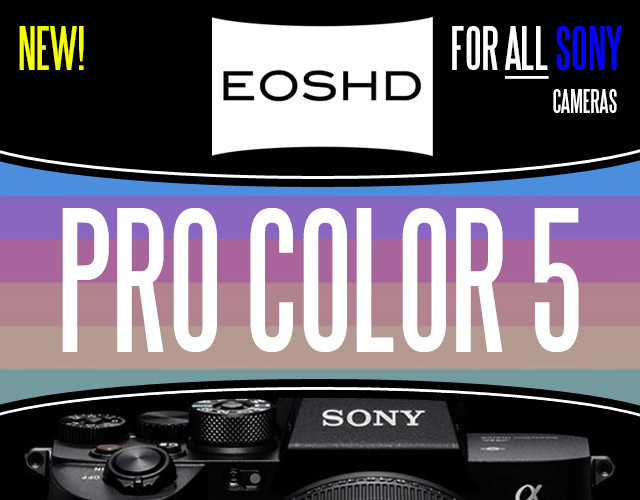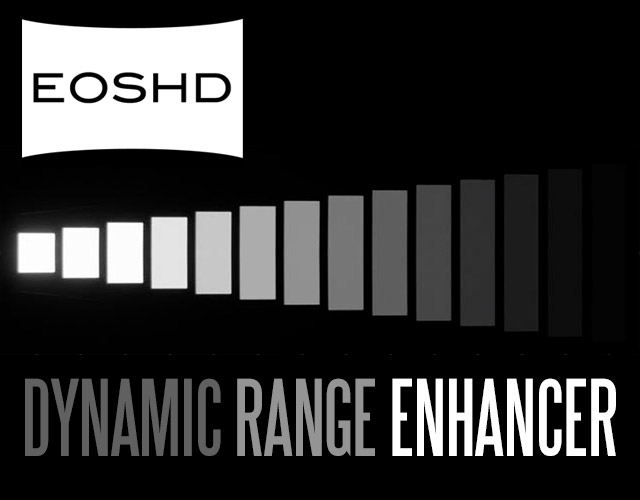How do you deliver?
How do you deliver?
31 members have voted
-
1. How do you deliver?
-
I deliver to YouTube14
-
I deliver to Vimeo11
-
I deliver via some kind of private video distribution service (eg, Frame.io)7
-
I deliver via the cloud (eg, Dropbox, wetransfer, private torrent, etc)16
-
I deliver via a direct connection (eg, copying files over VPN)3
-
I deliver physically (eg, shipping media / drives, or delivering in person by external drives)6
-
Other (please specify)2
-
-
2. What codec do you deliver in?
-
RAW / Uncompressed0
-
Intermediary formats (eg, Prores, Cineform, DNxHD / HR, etc)8
-
More compressed formats (eg, h264, h265, mp4, etc)28
-
Other (please comment below!)0
-
-
3. What bitrates do you deliver in?
-
Sub 50Mbps12
-
50Mbps - 100Mbps14
-
100Mbps - 400Mbps8
-
400Mbps+3
-
-
4. What bit-depth do you deliver in?
-
8-bit24
-
10-bit7
-
12-bit0
-
14-bit (or more?!?!)0
-
-
5. What resolution do you deliver in?
-
720p0
-
1080p17
-
2K0
-
between 2K and UHD1
-
UHD13
-
C4K0
-
5K0
-
6K0
-
8K0
-
More?!??!0
-





Recommended Posts
Create an account or sign in to comment
You need to be a member in order to leave a comment
Create an account
Sign up for a new account in our community. It's easy!
Register a new accountSign in
Already have an account? Sign in here.
Sign In Now